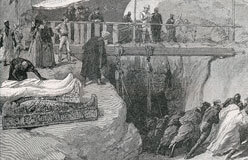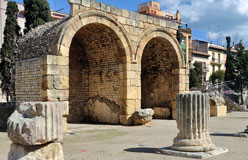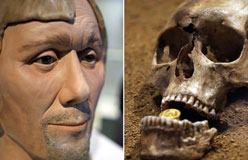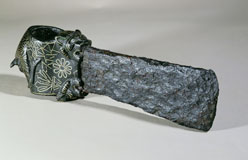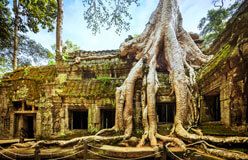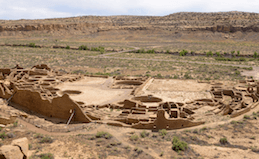In 221 B.C., Qin Shi Huangdi became China’s first emperor at age 13. He lived a long and prosperous life, and the system of monarchy, which is rule by one person, survived even longer—until 1912. But Qin Shi Huangdi’s army lasted longest of all.
Artisans of the day labored hard to create life-size soldiers out of terra-cotta. Rows and rows of foot soldiers, crossbow shooters, charioteers, and other figures still stand guard in Qin Shi Huangdi’s massive tomb. It was discovered in 1974 near the city of Xi’an in central China, when local people were drilling for water.
So far, about 8,000 terra-cotta soldiers have been uncovered, in addition to many horses, the remains of a palace, plus storehouses and stables. So how do archaeologists recover and keep records on so many artifacts? And what do they learn from all these things? The excavation of an army-size site requires, first of all, an army-size crew.
